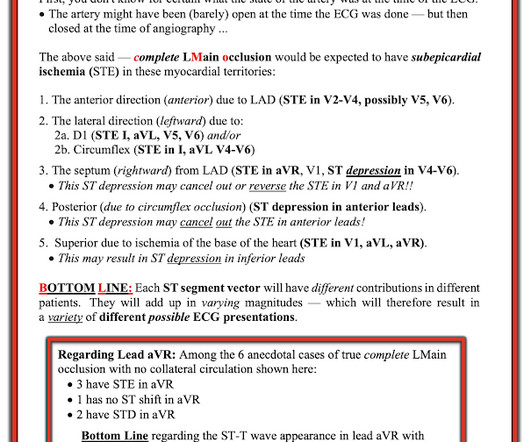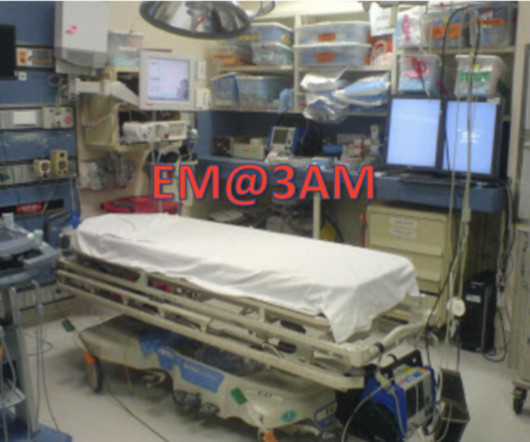Episode 7: Sepsis
PHEM Cast
APRIL 10, 2016
[link] We hope you enjoyed our sepsis podcast. St Emlyns Induction podcast on Sepsis. A great summary of what to do when a patient with suspected sepsis first arrives in the ED. A great summary of what to do when a patient with suspected sepsis first arrives in the ED. March 2016.
































Let's personalize your content